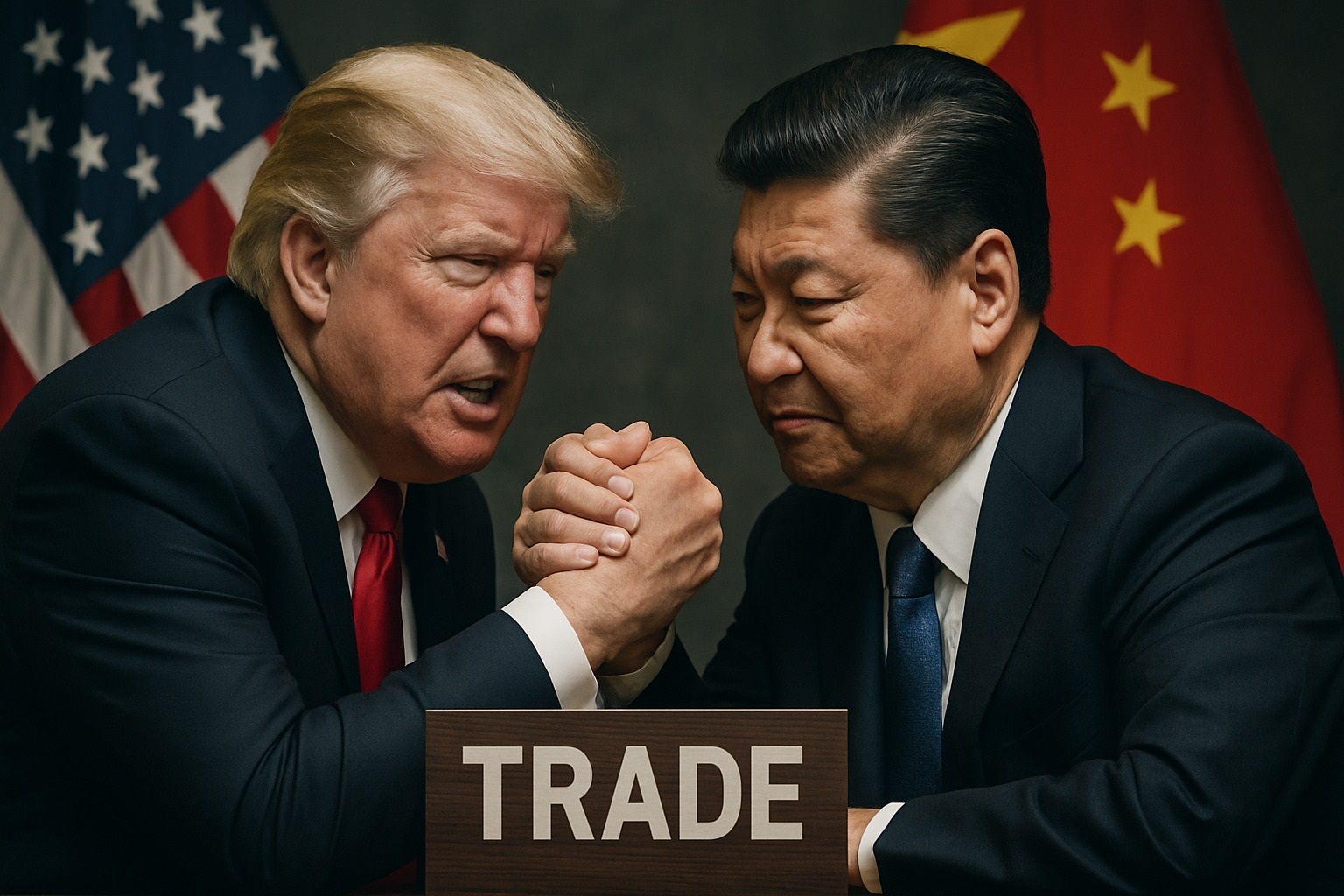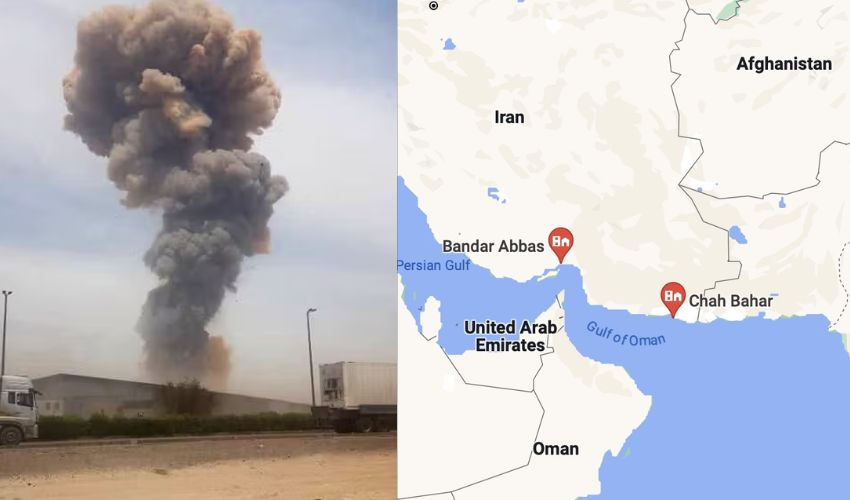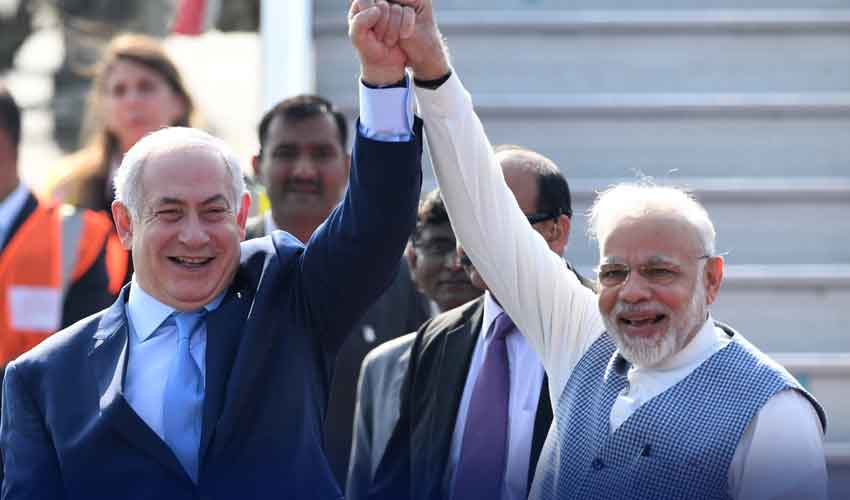Pakistan's most valuable asset is its youth. With the right skills and an environment tailored to a modern economy, this youth bulge can translate into substantial economic gains.
The UNDP’s National Human Development Report (NHDR) 2020 highlights that Pakistan’s 27 million youth are currently seeking employment, with the potential to become tomorrow’s entrepreneurs. However, this group of unemployed youth is predominantly women, with only one-third being men.
Employment needs and challenges
To meet the aspirations of those entering the labor market, the NHDR 2017 projected a need for the creation of 1.3 million jobs annually, with a labor force participation rate of 66.6 percent. Without sufficient employment opportunities, the economy could face 43 million unemployed people by 2050, an undesirable outcome.
The private sector must lead job creation efforts, with the government acting as a facilitator. Small and medium enterprises (SMEs) are central to economic activity in Pakistan. Out of 5.2 million economic establishments, 99 percent are SMEs. They contribute to national development by creating jobs, reducing regional disparities, and contributing to national output.
Research shows that the cost of creating a job in the SME sector is Rs100,000, significantly lower than the Rs1 million needed in larger sectors. A favorable business environment and supportive entrepreneurship measures can help SMEs become the engine of job creation in the economy.
Shifting the entrepreneurial mindset
However, job creation alone is not enough. Entrepreneurship in Pakistan is currently driven more by necessity than choice, a mindset that needs to change. Favorable policies can create entrepreneurial opportunities, and a renewed focus on encouraging women's labor force participation can be a game-changer for Pakistan's development goals.
Entrepreneurship is a foundation of economic prosperity. In Pakistan, the average entry rate of startups is alarmingly low, with only about five out of 300 startups surviving in the medium term. This success rate of less than two percent is unacceptable. The Global Entrepreneurship Monitor (2019) ranks Pakistan at 108 out of 136 countries. According to a UNDP report, 23 percent of Pakistan’s youth, approximately 12 million, want to start their own business but are unclear about the procedures and requirements. This paradigm needs to change.
Pakistan is at an early stage in its entrepreneurship journey. The venture capital market and uptake are measures of entrepreneurship. In the region, the UAE has $20 in venture capital investing per capita, while Pakistan stands at a mere $0.10, even below Bangladesh. On the positive side, Pakistan is ranked as the eighth fastest-growing freelancing economy in the world, with a year-on-year growth of 69 percent according to Payoneer’s report ‘Freelancing in 2020: An Abundance of Opportunities’.
Supporting entrepreneurship
To support self-employment through SMEs, new ideas must come to fruition. Establishing a one-window facility for business startups can provide guidance and support to potential entrepreneurs, including incubation facilities, legal support, organizational development, training, and marketing access. Enhanced access to financial resources, especially startup capital, equity finance, and venture capital, can revolutionize entrepreneurship in Pakistan.
Customized support initiatives for potential and existing entrepreneurs, especially focusing on women, can be developed through existing public-sector business support structures like the Small and Medium Enterprises Authority, the Ignite National Technology Fund, and provincial youth and women development departments. Currently, only 2.4 percent of ventures in Pakistan are owned by women, compared to 20 percent in India, 20.6 percent in Malaysia, and 31.6 percent in Bangladesh. The potential for women's participation in entrepreneurship is immense and must be unleashed.
Transforming existing SMEs
Existing SMEs can be transformed and scaled up through business improvement programs, financial support in the form of matching grants for certifications, standardization, technology upgrades, and engagement of graduates with existing businesses through cost-sharing for employment and common machinery pools. Mobilizing university graduates for entrepreneurial careers, enhancing their skills, and supporting their business startups are crucial reforms. Business incubation centers at universities need significant scaling up through the Higher Education Commission (HEC) programs across all universities.
Skills gap
The scarcity of skilled labor is a lingering constraint on entrepreneurship development. With the advent of new technologies, graduates of Skill Development Institutes (SDIs) often lack the practical skills required by Industry 4.0. Vocational training needs to include digital and entrepreneurial skills to add value. Federal and provincial governments can bridge the gap between industry requirements and available skills through need identification and competency-based curriculum development. On-the-job training incentives for the private sector can also play a vital role in skills training.
Sectoral focus
Focusing on non-traditional sectors like horticulture, light engineering, medical equipment, tourism, and agro-based industries can catalyze new employment. At the core, it’s about empowering people with the competence to earn a decent livelihood and make choices for their future. Creating entrepreneurs and innovators is crucial for improving the country’s low investment-to-GDP ratio. We must inspire smart girls and boys to become Pakistan’s business ambassadors and joint venture partners, attracting much-needed foreign investment.
The thoughts outlined here offer real solutions, not just firefighting measures. They go beyond stabilization efforts and highlight ideas beyond macroeconomic tools to tackle inflation. The focus is on reducing food inflation, which erodes the buying power of the vulnerable and urban middle class, affecting their spending on health and education.
Inflation is likely to remain elevated globally in 2022, but medium- and long-term measures can bring inflation expectations closer to low policy targets. In Pakistan, the goal should be to manage the supply of commodities and cheaper fuels, enhance competitive market performance, prevent rupee undervaluation, and limit monetary expansion to a low double-digit rate. These actions, along with structural reforms, aim to reduce inflation from 10-11% in FY22 to around 5-7% in the coming years.
By addressing these challenges with coordinated monetary and fiscal policies, agricultural and energy sector reforms, and a focus on productivity and investment, Pakistan can manage inflation effectively and pave the way for sustainable economic growth.



























